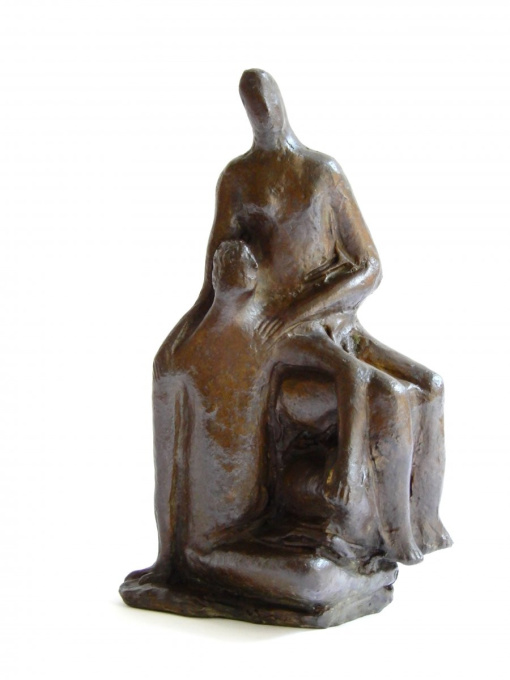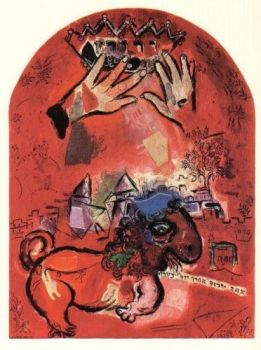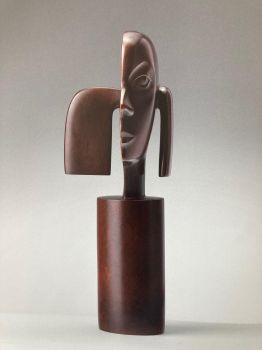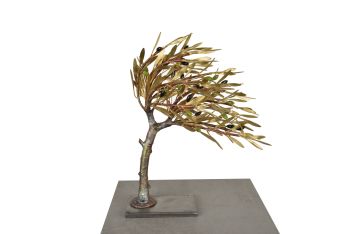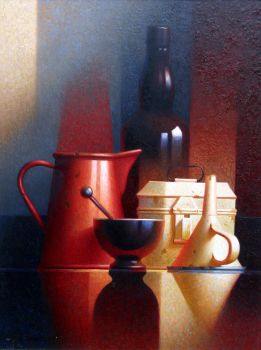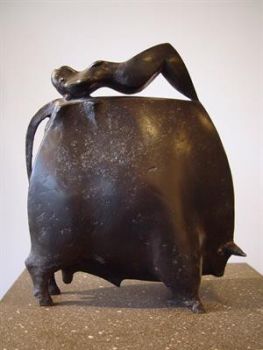Arturo Martini (1889-1947) "Bagnanti" 1946
Arturo Martini
BronzeMetal
29 ⨯ 15 ⨯ 14 cm
ConditionExcellent
Price on request
Dille Art
- About the artworkBronze sculpture of two bathers, titled 'Bagnanti' in Italian, a work by the Italian artist Arturo Martini.
This sculpture is particularly known in ceramic form from 1946. A bronze 'Bagnanti' is highly exceptional; an example in bronze is also depicted in the 1966 catalogue raisonné.
The bronze sculpture is cast using the lost-wax method, hollow-cast, and has a brown patina. The sculpture is signed "Martini".
Biography:
Arturo Martini (Treviso, 1889-1947) was originally trained as a goldsmith and ceramist. From 1905, he decided to learn sculpture under the guidance of the sculptor Antonio Carlini. He immediately had the opportunity to exhibit his works. In 1908, he also studied sculpture under Urbano Nono at the Accademia di Belle Arti di Venezia in Venice. In 1909, he moved to Munich as a student of Adolf von Hildebrand, where he came into contact with expressionism. "La Puttana" was one of his first expressionist works.
He exhibited regularly, especially alongside the painter Gino Rossi, with whom he was also close friends. They also exhibited together in Paris at the "Salon d'Automne" (1912).
During World War I, Martini was employed in a munitions factory, where he also learned metal casting.
After the war, he broke with classical traditions and was drawn to Avant Gardism. In 1926, he joined the 'Novecento Italiano' movement.
In 1931, he participated in the Quadriennale di Roma and was awarded the 'Grand Prix' in sculpture. This led to government commissions for monuments and memorials, and in 1937 he created the famous large relief "Giustizia Corporativa" for the Palace of Justice in Milan, a work he later disowned. During this period, he focused more on painting and temporarily stopped sculpting altogether after 1941. In 1946, he created his last sculpture "Palinuro" or "Bozetto per Palinuro", a monument for a partisan who died young.
His work encompassed traditional figurative, classicist, expressionist, modernist, and avant-garde styles. His work and style also influenced other major Italian artists such as Marino Marini and Emilio Greco.
His work is highly regarded in Italy and internationally, and is part of several major museum collections. The Kröller-Müller Museum has a large sculpture by Arturo Martini in its permanent collection.
Provenance:
Private collection in Italy. The former owner had owned this bronze since the early 1960s and was active in the art world.
Literature:
"Arturo Martini, catalogo della sculture e della ceramiche", Guido Perocco. Edition Neri Pozza, Vicenza, 1966. Description on page 46, number 550, bronze image, figure 508. - About the artist
Arturo Martini (Treviso, 1889-1947) was originally trained as a goldsmith and ceramist. From 1905 he decided to learn how to sculpt with the sculptor Antonio Carlini. He was immediately given the opportunity to exhibit. In 1908 he also studied sculpture with Urbano Nono at the Accademia di Belle Arti di Venezia in Venice. In 1909 he left for Munich as a student of Adolf von Hildebrand, where he came into contact with expressionism. "La Puttana" was also one of his first expressionist works.
He exhibited regularly, especially together with the painter Gino Rossi, with whom he was also good friends. They also exhibited together in Paris at the Salon d'Automne" (1912).
During WWI Martini was employed in a munitions factory where he also learns metal casting.
After the war he broke with the classical movements and was captivated by Avant Gardism. He joined the 'Novecento Italiano' movement in 1926.
In 1931 he took part in the Quadriennale di Roma and received the 'Grand prix' in the sculpture department. As a result, he also received government commissions for monuments and memorials and in 1937 he made the famous large relief "Giustizia Corporativa" for the Palace of Justice in Milan. A work that he later no longer supported.
During that period he started to paint more and more and in 1939 he even temporarily stopped sculpting altogether. After 1941 he made a few more commissioned sculptures. In 1946, he makes his last sculpture 'Palinuro' or 'Bozetto per Palinuro', a monument to a partisan who died young.His work was traditionally figurative, classicist, expressionist, modernist and avant-garde. His work and style also influenced other great Italian artists such as Marino Marini and Emilio Grecco.
His work is highly appreciated in Italy as well as internationally and is part of several large museum collections. The Kröller-Moller museum has a large sculpture by Arturo Martini in their permanent collection.
Are you interested in buying this artwork?
Artwork details
Related artworks
- 1 - 4 / 24
- 1 - 4 / 24
Jean-François Rauzier
Cupula - Limited edition of 8 2015 - 2024
Price on requestVilla del Arte Galleries
1 - 4 / 24- 1 - 4 / 24
- 1 - 4 / 12

